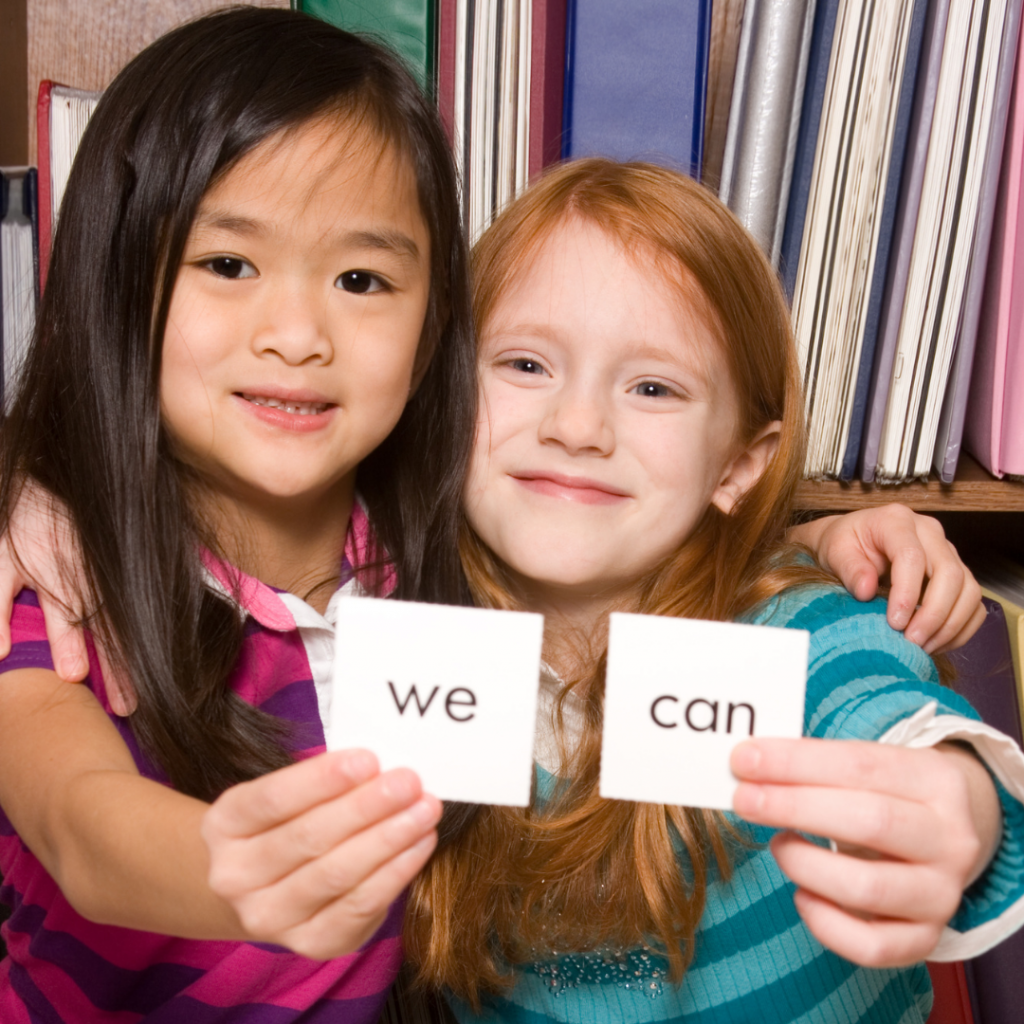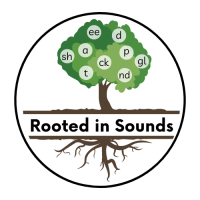
School aged children are often sent home with ‘Sight Words.’ This usually happens when children are in kindergarten or Reception, aged between 4-5.
When sight words are mentioned, the term can be understood to mean different things, which can be problematic. Let’s have a look at how ‘sight words’ are interpreted.
Words that are not completely decodable, e.g. said, come, here etc. Here when decoding these words, the consonants mostly stay constant and it is the vowel or vowels that usually make a different sound than what your child may be used to. E.g. in the word ‘said’, children will first learn that <a> represents /a/ as in ‘ant’ and <i> represents /i/ as in ‘igloo’ and yet in the word ‘said’, the <a> and <i> together represent the /e/ sound as in ‘egg’. As these variables take practise to learn, we recommend that children have lots of blending practise with words that are decodable first – see our previous blog post for examples of these.
The Dolch and Fry sight words refers to lists of ‘high frequency words’ – these are words that most commonly occur in children’s reading books. These words are a combination of words that are decodable, e.g. get, mat, with etc, and those that are not completely decodable e.g. play, go, by etc. The approach to teaching ‘sight words’ in this example will usually involve expecting the child to memorise the letter names of the word and then learning the word as a whole word. We believe that if you can decode it, why would you expect a child to learn it in this way?
Reading words automatically, e.g. you present a word and your child knows it automatically. Here the interpretation of sight words is literal, words that can be spoken on sight, which is a skill that needs to be developed over time. This is what we want all children to be able to do.
In some countries, ‘sight words’ (often the Dolch and Fry list) are sent home for you to teach your child. If you are unaware of the different interpretations of the term and how to teach these words, perhaps you may teach them by saying the names of the letters, expecting your child to memorise these words. Whilst some children will learn to read through visual recall, many children won’t learn in this way.
We teach you to firstly teach the speech sounds and the letters that represent those sounds. Then, once a child is decoding and blending the sounds, developing self confidence in the skill of reading, then we introduce the ‘thorny words’ – words that are not completely decodable. We provide full details on how to teach these words in our Reading and Writing Success Beginners, workbook 2.
Amazon US
Amazon UK
Key and terms used
<> for letter name
/ / used to represent the sound
Decoding – able to say the speech sound for a letter or group of letters
Reading – Language comprehension and word recognition/Decoding
Until next week,

